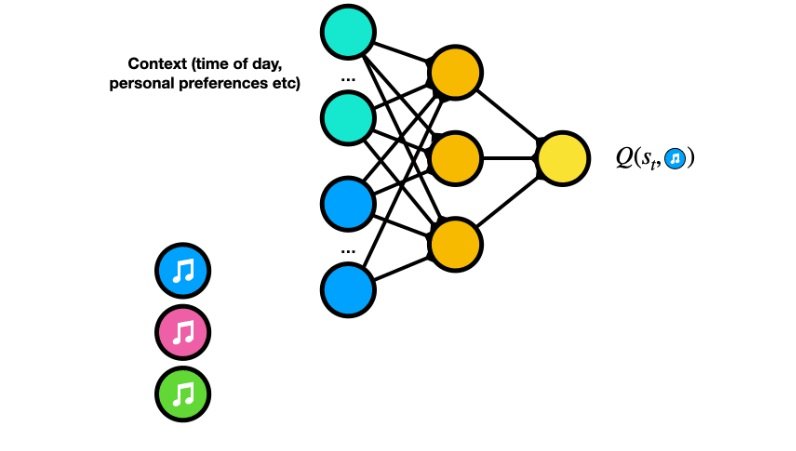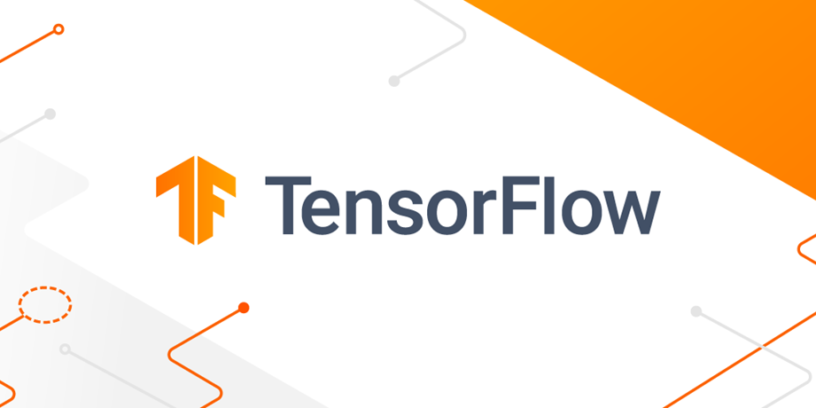Table of Contents
Welcome to our blog! Today, we’re diving into the fascinating world of TensorFlow, a powerful tool that’s revolutionizing the way we approach machine learning. Whether you’re a tech enthusiast, a budding data scientist, or just curious about the latest tech trends, this article will help you understand what TensorFlow is and why it’s such a big deal. Let’s get started!
What is TensorFlow?
At its core, TensorFlow is an open-source machine learning library developed by Google. It was designed to simplify the process of building and deploying machine learning models. TensorFlow allows developers to create complex neural networks and perform deep learning tasks with relative ease. But what exactly does that mean?
Imagine you’re trying to teach a computer to recognize different animals in photos. In the past, you’d have to write a lot of complicated code to process each image, identify features, and make predictions. TensorFlow automates much of this process, providing a flexible framework that handles the heavy lifting for you.
A Brief History
TensorFlow was released by the Google Brain team in 2015, evolving from an earlier project called DistBelief. It quickly gained popularity due to its versatility, scalability, and strong community support. Today, it’s one of the most widely used machine learning libraries, powering applications from image recognition to natural language processing.
How Does TensorFlow Work?
To understand how TensorFlow works, let’s break it down into simpler terms:
- Tensors: The basic unit of data in TensorFlow is a tensor, which is essentially a multi-dimensional array. Think of it like a matrix or a spreadsheet with rows and columns. Tensors can have different dimensions, such as a 1D tensor (a list of numbers), a 2D tensor (a table), or even higher dimensions.
- Graphs: TensorFlow operates by creating a computational graph, a network of nodes representing operations and edges representing the flow of data (tensors). This graph-based approach allows TensorFlow to efficiently manage and execute complex mathematical computations.
- Sessions: To run the computations defined in the graph, TensorFlow uses sessions. A session manages the execution of operations, feeding data into the graph and retrieving the results.
- APIs: TensorFlow offers a variety of APIs, from low-level operations to high-level abstractions. The most popular high-level API is Keras, which simplifies the process of building and training neural networks.
Real-Life Examples of TensorFlow in Action
TensorFlow’s flexibility and power have made it a go-to tool for a wide range of applications. Here are a few real-life examples to give you a better idea of its capabilities:
- Image Recognition: TensorFlow is widely used for image classification tasks. For instance, Google Photos uses TensorFlow to organize and categorize your photos by recognizing faces, objects, and scenes. This technology also powers advanced medical imaging applications, helping doctors detect diseases like cancer with greater accuracy.
- Natural Language Processing (NLP): TensorFlow is a key player in the development of NLP applications. Google Translate, for example, uses TensorFlow to provide accurate translations across multiple languages. It’s also used in chatbots, sentiment analysis, and speech recognition systems.
- Recommendation Systems: Ever wondered how Netflix knows what show you might like next? TensorFlow is behind many recommendation systems, analyzing user behavior and preferences to suggest relevant content. Similarly, online retailers use TensorFlow to recommend products based on your browsing and purchase history.
- Self-Driving Cars: Autonomous vehicles rely on TensorFlow for real-time object detection and decision-making. By processing data from sensors and cameras, TensorFlow helps self-driving cars navigate safely and efficiently.

Why Choose TensorFlow?
Now that you have a sense of what TensorFlow can do, you might be wondering why it’s so popular. Here are a few reasons:
- Open Source: TensorFlow is free to use and has a large, active community contributing to its development. This means you have access to a wealth of resources, tutorials, and support.
- Scalability: TensorFlow can scale from running on a single CPU to multiple GPUs or even distributed systems, making it suitable for projects of any size.
- Flexibility: Whether you’re building a simple model for a hobby project or a complex system for a large enterprise, TensorFlow’s flexibility allows you to tailor it to your needs.
- Integration: TensorFlow integrates seamlessly with other tools and libraries, such as TensorFlow Lite for mobile and IoT devices, TensorFlow.js for web applications, and TensorFlow Extended (TFX) for end-to-end ML pipelines.
Getting Started with TensorFlow
Ready to dive in? Here are a few steps to help you get started with TensorFlow:
- Install TensorFlow: You can install TensorFlow using pip, Python’s package installer. Simply run
pip install tensorflowin your terminal or command prompt. - Learn the Basics: Check out TensorFlow’s official tutorials and documentation. The TensorFlow website offers a variety of beginner-friendly resources to help you understand the basics.
- Experiment with Code: Start experimenting with simple models and gradually work your way up to more complex projects. Platforms like Google Colab provide a free environment to write and run TensorFlow code.
- Join the Community: Engage with the TensorFlow community on forums, social media, and GitHub. Sharing your experiences and learning from others can greatly enhance your understanding.
Conclusion
TensorFlow is a game-changer in the world of machine learning, making it accessible and practical for developers and researchers alike. Its versatility, scalability, and strong community support make it a top choice for a wide range of applications. Whether you’re interested in building a recommendation system, developing a chatbot, or exploring the possibilities of autonomous vehicles, TensorFlow provides the tools you need to turn your ideas into reality.
We hope this article has given you a clear understanding of what TensorFlow is and why it’s such an important tool in the machine learning landscape. Happy coding!




1 Pingback